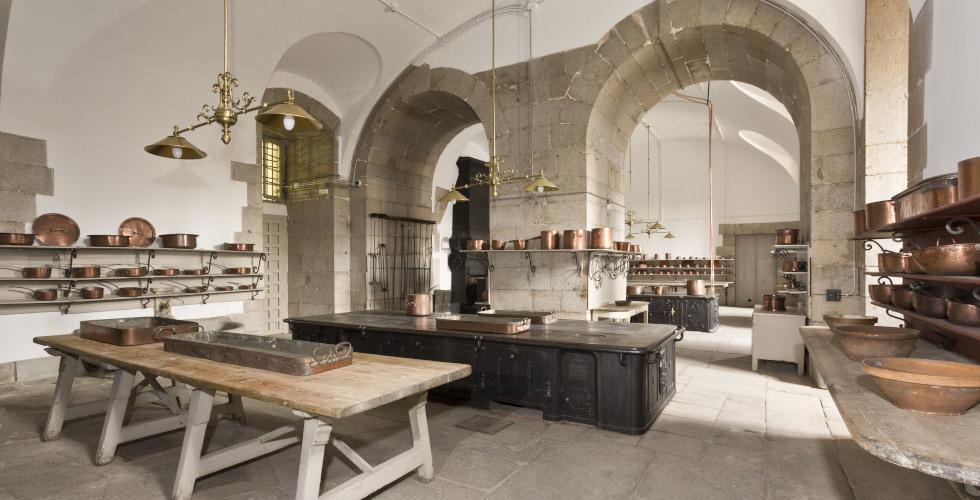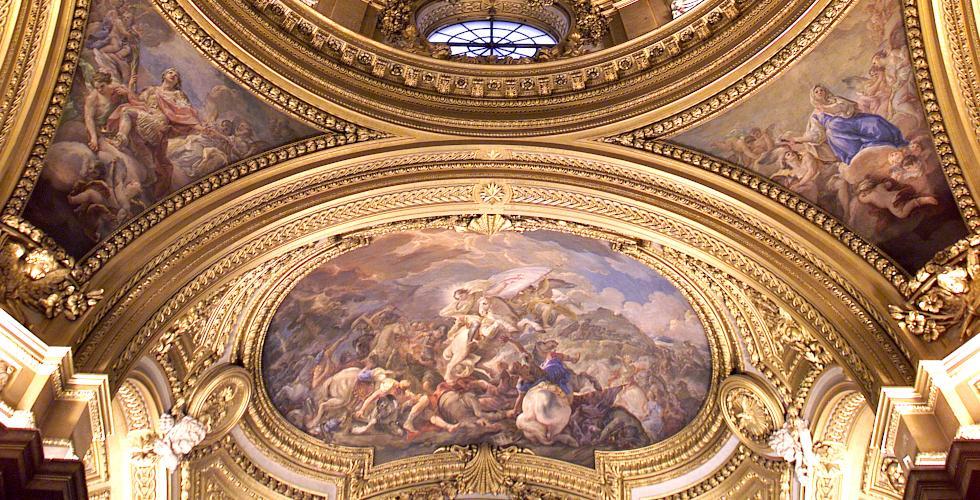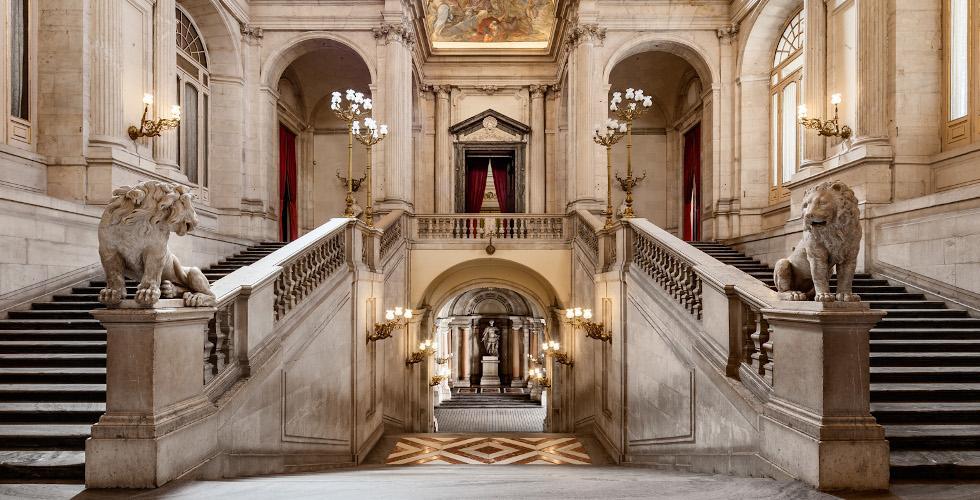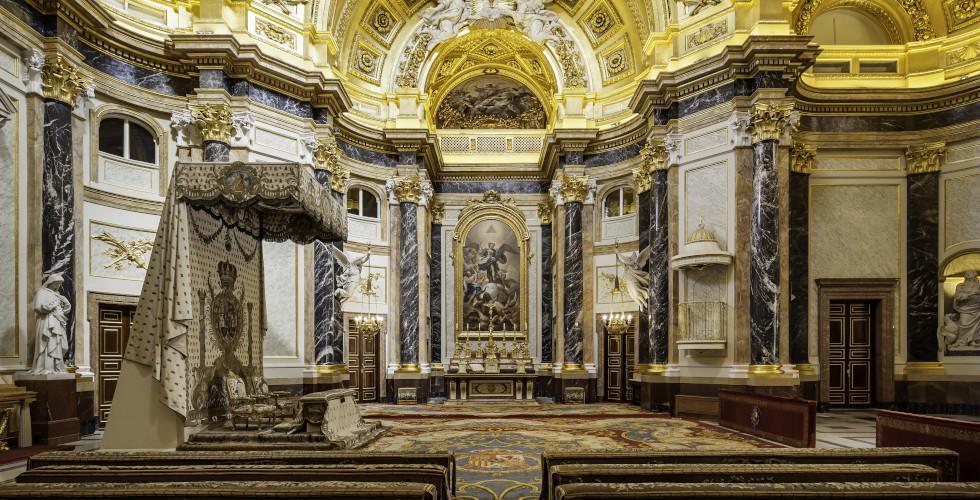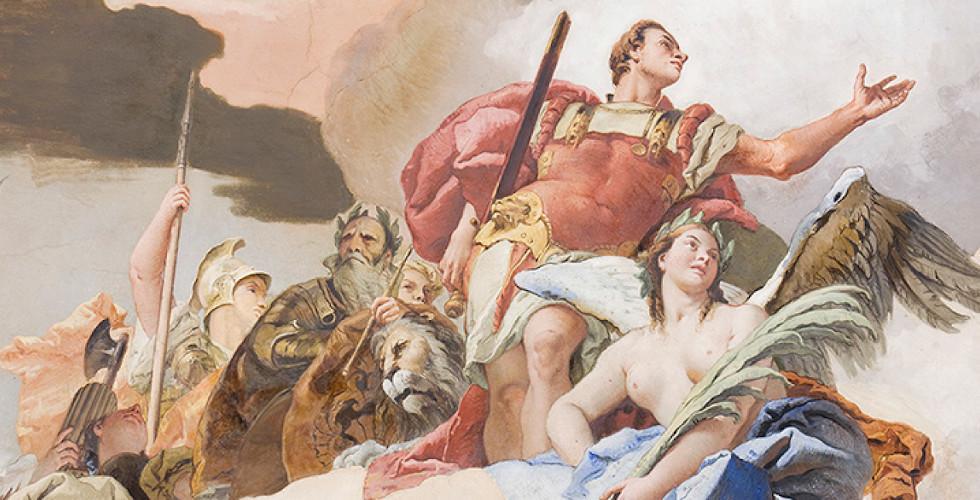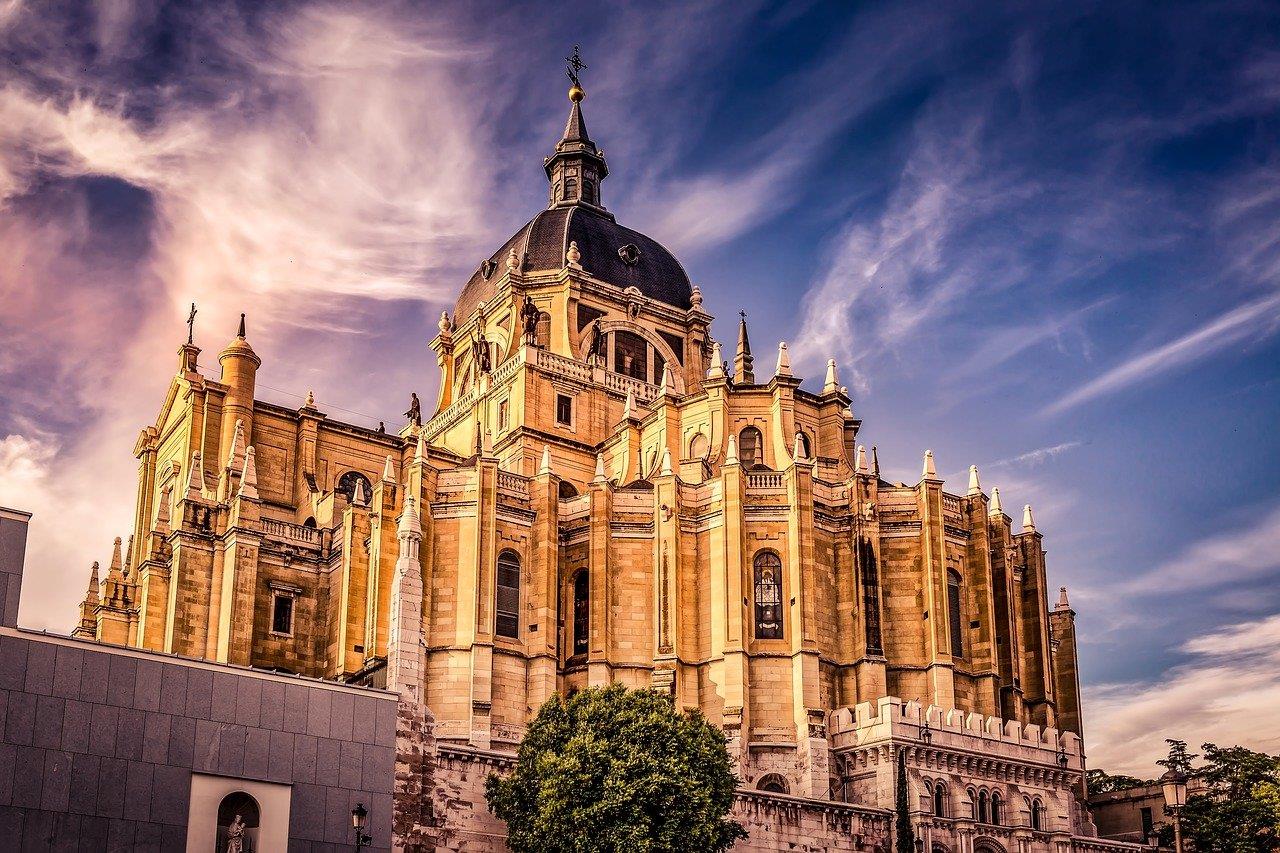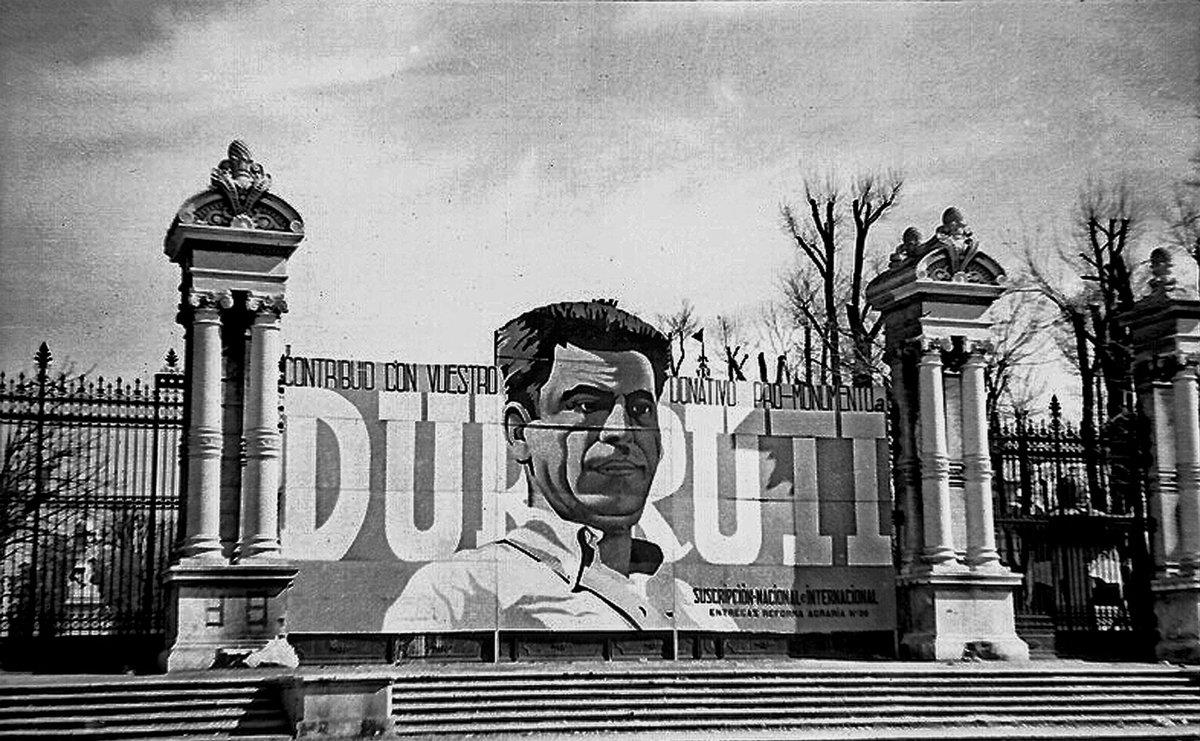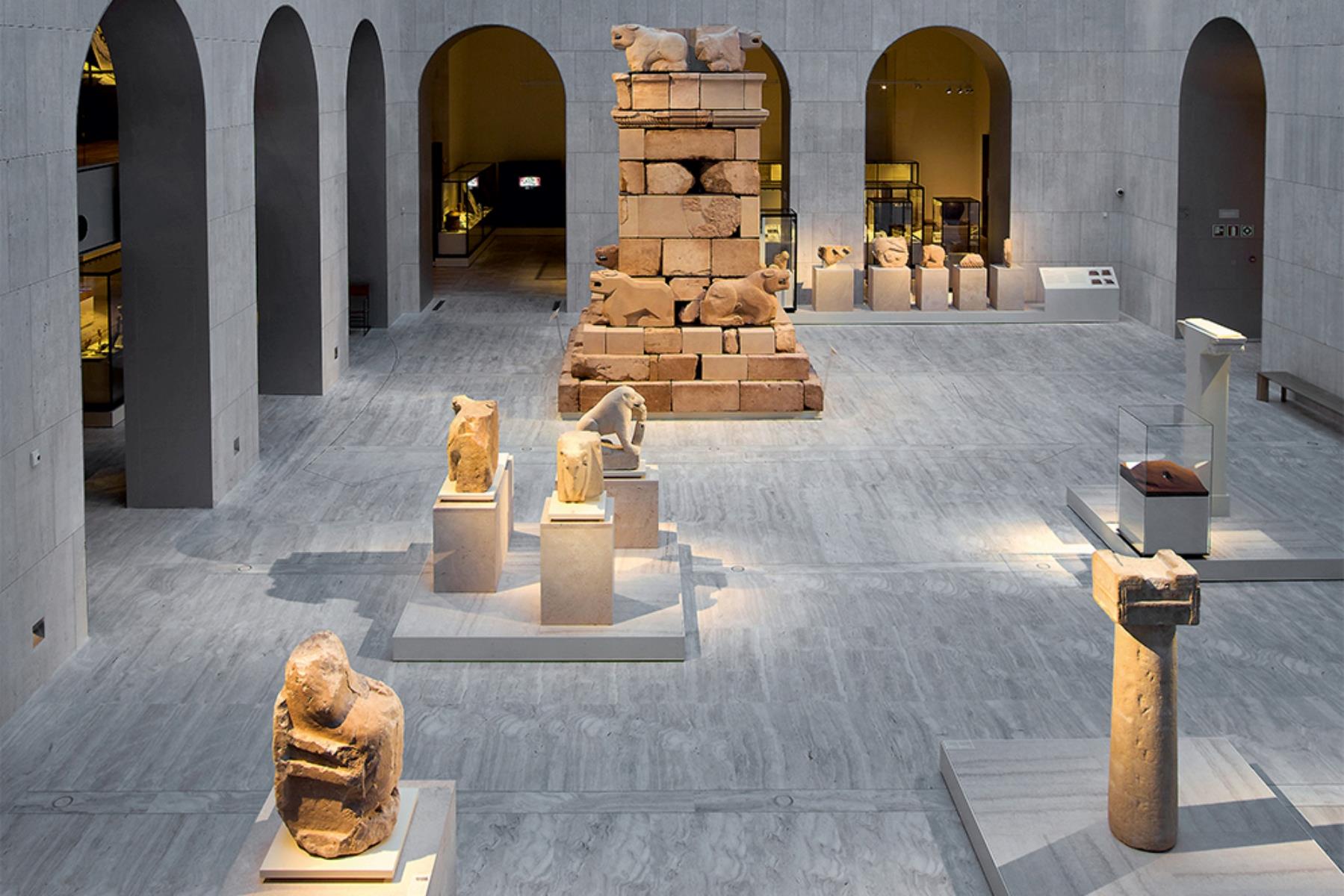Explore the Royal Palace of Madrid with an exceptional guided tour. Discover its history and art in the most enriching way! Book your Madrid Royal Palace Tickets + Tour with an official Heritage guide now.
What's to see with your ticket Madrid Royal Palace Tickets + Tour
Highlights to see in Madrid Royal Palace Tickets + Tour
Details
Duration
1 hour 30 minutes
Language
Guide in Spanish
Price
Adultos +17 años: 21.00 €
Over 65 years: 14.00 €
Students (6-25 years old with ID card): 14.00 €
Disabled Visitor: 7.00 €
Availability and starting time
Not available
When to book?
You can reserve up to before the activity
Free cancellation
Cancel free up to 41 days 30 minutes before the activity and receive a full refund.
Included
Royal Palace tickets
Spanish speaking guide
1 Participación en Premios Mensuales:
Ver Premios
Excluded
Exposición de Sorolla Visit
Meeting point
Conditions
How to book?
Limited availability. Book as soon as possible to guarantee availability. Choose date and fill in the required fields. Secure and protected payment. You will immediately receive your booking confirmation.
Is the interior of the monuments visited?
Exterior and interior of most named sites
Is the tour adapted for people with reduced mobility?
Not adapted
Guaranteed departures without min of travelers
Yes
Are animals allowed?
Not
Activity recommended for children?
Yes, families are welcome
Our promises
Best price guaranteed
Quick and easy reservation
Multilingual Customer Service
Secure payment
Contact us
Do you have any question?
Would you like this tour in private?
Reservation
Cancel or modify reservation


